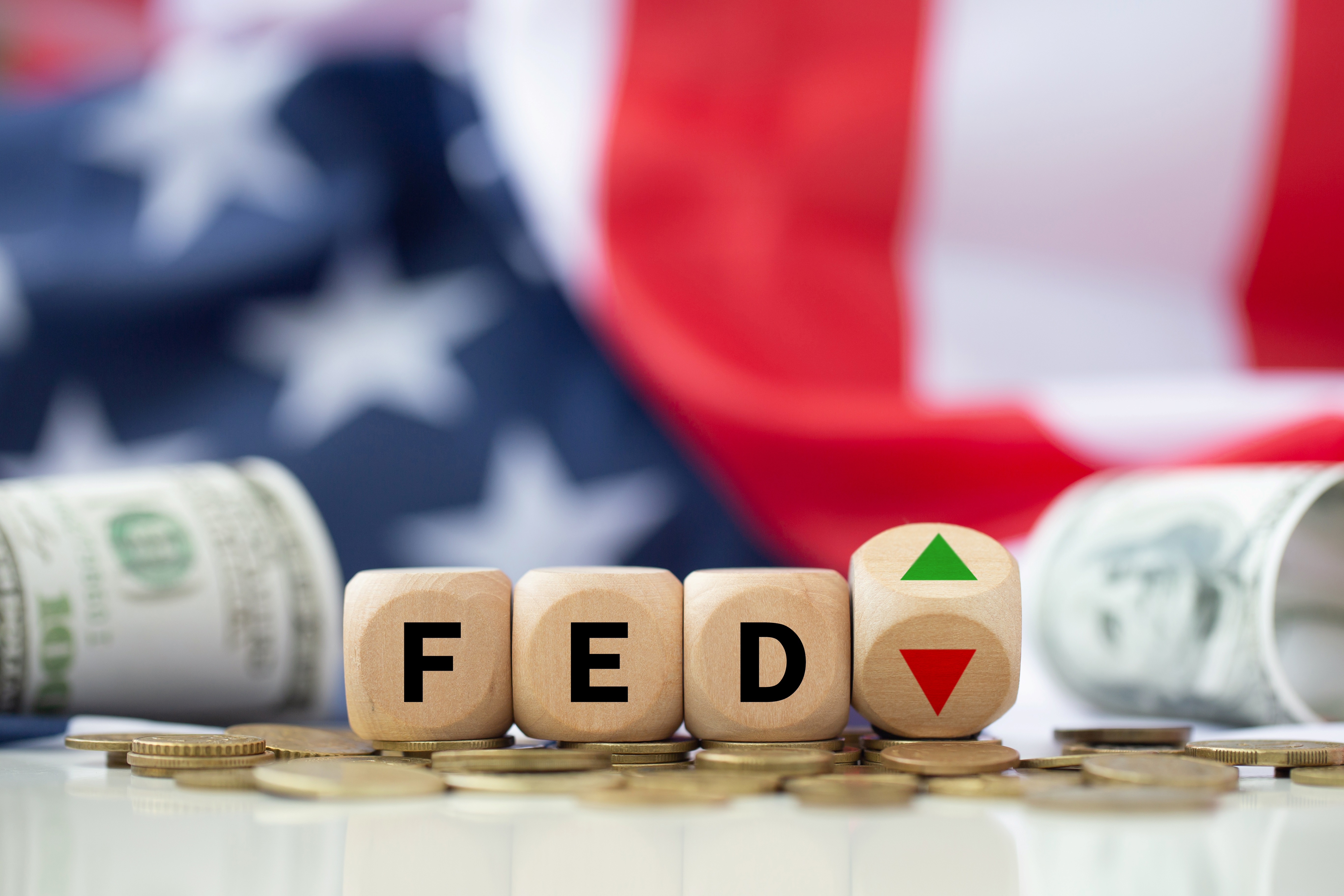Markets Hinge on Powell Emulating Greenspan to Avoid a Recession

As the U.S. Federal Reserve prepares for its next pivotal meeting, market participants are looking to the past for guidance, specifically to 1995, when Alan Greenspan led the Fed in achieving a so-called “soft landing.” Traders are using this historical precedent as a playbook for their strategies, hoping that Fed Chairman Jerome Powell will emulate Greenspan's success and steer the U.S. economy away from recession through carefully managed interest rate cuts.
A Rally in Bonds and Stocks Ahead of the Federal Reserve Meeting
Bonds and stocks have begun to rally in anticipation of the Fed's upcoming decision on interest rates. The debate hinges on whether the Fed will implement a 25 or 50 basis point cut, which could have significant implications for financial markets. Traders are pricing in optimism, particularly as the potential for rate cuts revives hopes of avoiding a severe economic downturn.
The rally signals investors’ confidence in the Fed's ability to guide the economy through a delicate phase of elevated interest rates, which have weighed on sectors like housing and tech. The hope is that strategic rate reductions could help alleviate these pressures without triggering a full-blown recession.
Looking to Greenspan's Playbook: The 1995 Soft Landing
The 1995 "soft landing," when Alan Greenspan engineered a series of rate cuts that helped avoid a recession, has become a central point of reference. During that period, the U.S. economy was facing similar pressures—moderating growth and concerns over inflation. Greenspan's deft use of rate cuts successfully prevented a severe downturn, and many investors are betting Powell could pull off a similar feat.
A soft landing refers to a scenario where the economy slows down just enough to curb inflation but not enough to trigger a recession. With inflation still a lingering concern, Powell's challenge is to lower rates just enough to sustain economic momentum while avoiding further stoking inflationary pressures.
Kristina Hooper's Prediction: Rate Cuts Before the U.S. Election
Kristina Hooper, the Chief Global Market Strategist at Invesco, remains optimistic that the U.S. economy can avoid a recession. Hooper anticipates that the Federal Reserve will begin cutting interest rates before the 2024 U.S. Presidential Election, providing a much-needed stimulus to the economy. In her view, a series of rate cuts could help maintain the economy's growth trajectory while taming inflation, helping Powell achieve the elusive soft landing.
Historical Trends: Stocks, Bonds, and Gold Rally on Rate Cuts
Historically, markets have reacted positively to the early stages of Federal Reserve rate cuts. During such periods, assets like the S&P 500 Index, U.S. Treasuries, and gold tend to rise. Data shows that the S&P 500, in particular, has rallied an average of 13% in the six months following the initiation of rate cuts. This trend suggests that investors are optimistic about the potential for capital growth once rates begin to decline, as lower interest rates often boost corporate earnings and consumer spending.
Past Soft Landings: 1995 and 1998
The Federal Reserve successfully managed two soft landings in the past, one in 1995 and another in 1998, both times averting a recession with a timely series of rate cuts. In each case, the Fed’s actions were met with market rallies, with stocks and bonds benefiting from the lower borrowing costs that followed the rate cuts.
The 1995 soft landing, in particular, is seen as an ideal example of how a well-timed adjustment in monetary policy can help ease inflationary pressures without stifling economic growth. Investors are now hoping that Powell can replicate that success, despite today’s more complex economic backdrop, which includes global supply chain disruptions, geopolitical risks, and fluctuating energy prices.
Corporate Profits and Household Wealth Support Optimism
One of the key reasons for optimism about a soft landing in 2024 is the continued strength of corporate profits and household wealth. Despite high interest rates, many U.S. companies have reported robust earnings, driven by increased efficiency, pricing power, and global demand. Additionally, the strong balance sheets of U.S. households, buoyed by high levels of home equity and savings built up during the pandemic, provide a buffer against economic shocks.
These factors suggest that the U.S. economy has enough underlying strength to weather the current period of tightening monetary policy. Even with the headwinds of inflation and high borrowing costs, the resilience of key sectors could help soften the impact of rate hikes, making a recession less likely.
A Shift Toward Utilities and Real Estate
As traders brace for a potential soft landing, some investors are reallocating their portfolios toward sectors that historically benefit from rate cuts. In particular, utilities and real estate have become attractive options, as these sectors tend to perform well during periods of economic growth that follow rate cuts.
Utilities, which are capital-intensive businesses, benefit from lower borrowing costs as interest rates fall. This can translate into higher profitability and better returns for investors. Similarly, the real estate sector tends to thrive when borrowing costs are reduced, as lower interest rates make mortgages more affordable, boosting housing demand.
Betting on Powell’s Ability to Navigate Economic Turbulence
While the outcome of Powell's strategy remains uncertain, markets are clearly betting that he can guide the economy through a difficult period without triggering a recession. The Federal Reserve's task is to balance inflationary pressures with the need to sustain growth, and investors are hopeful that Powell will be able to replicate the success of his predecessor Alan Greenspan.
As the upcoming Fed meeting approaches, all eyes will be on Powell and his next move. Whether the central bank opts for a 25 or 50 basis point cut, the decision could have profound implications for both the U.S. economy and global financial markets. Investors are banking on a soft landing, but only time will tell if Powell can pull it off.
For further reading, please visit the Yahoo Finance article: https://finance.yahoo.com/news/markets-hinge-powell-emulating-greenspan-090000883.html
Related posts
You may also find these articles interesting







.jpg)
